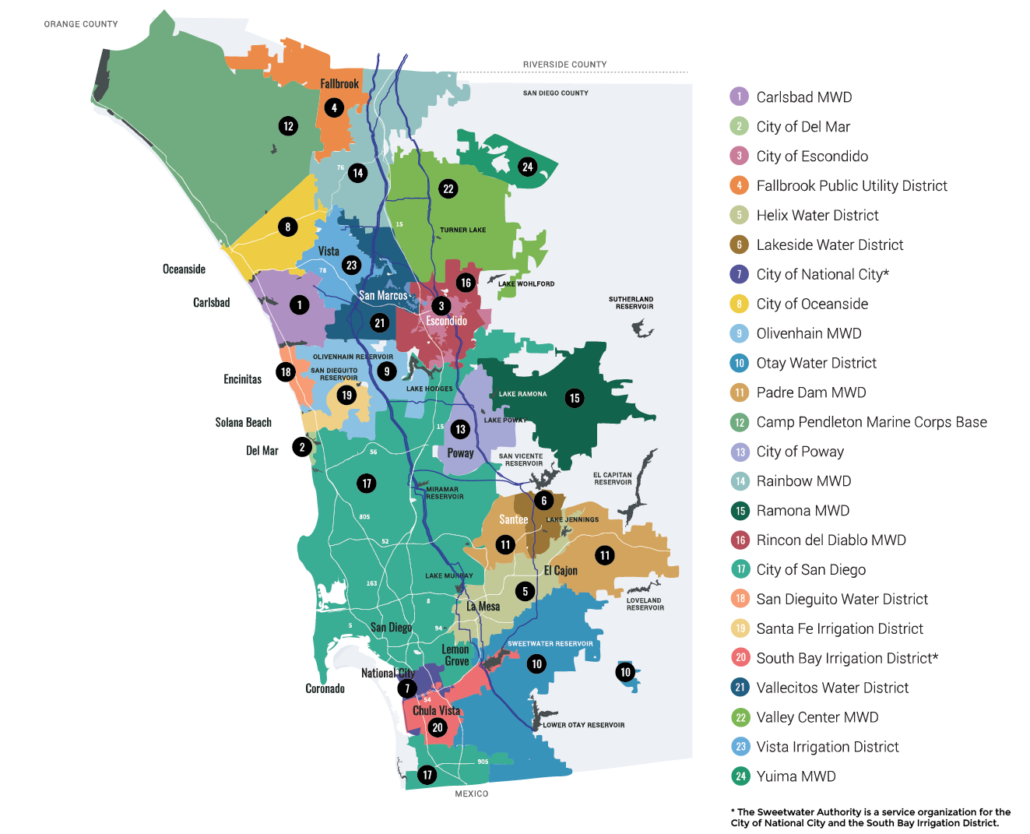EPA Wants to Spend $300 Million for Border Sewage Problem
The U.S. Environmental Protection Agency has proposed spending $300 million to address the problem of toxic sewage flowing across the border into San Diego County, legislators announced Tuesday.
The money would be part of the United States-Mexico-Canada Agreement Implementation Act, and will be used for the engineering, planning, design and construction of wastewater infrastructure at the border, officials said.
“San Diegans have suffered too long from the regular flow of raw sewage into our country from Mexico. With the full $300 million, the EPA can now lead a comprehensive and coordinated effort with the local community to build much-needed wastewater infrastructure for the region,” read a joint statement from Sens. Dianne Feinstein and Kamala Harris, Reps. Susan Davis, Scott Peters and Juan Vargas, all D-San Diego, and Rep. Mike Levin, D-San Juan Capistrano. “The health and safety of California’s border communities must be a top priority for everyone involved. We will continue to work with local communities, the state and federal agencies to finally bring some relief to San Diego County.”





